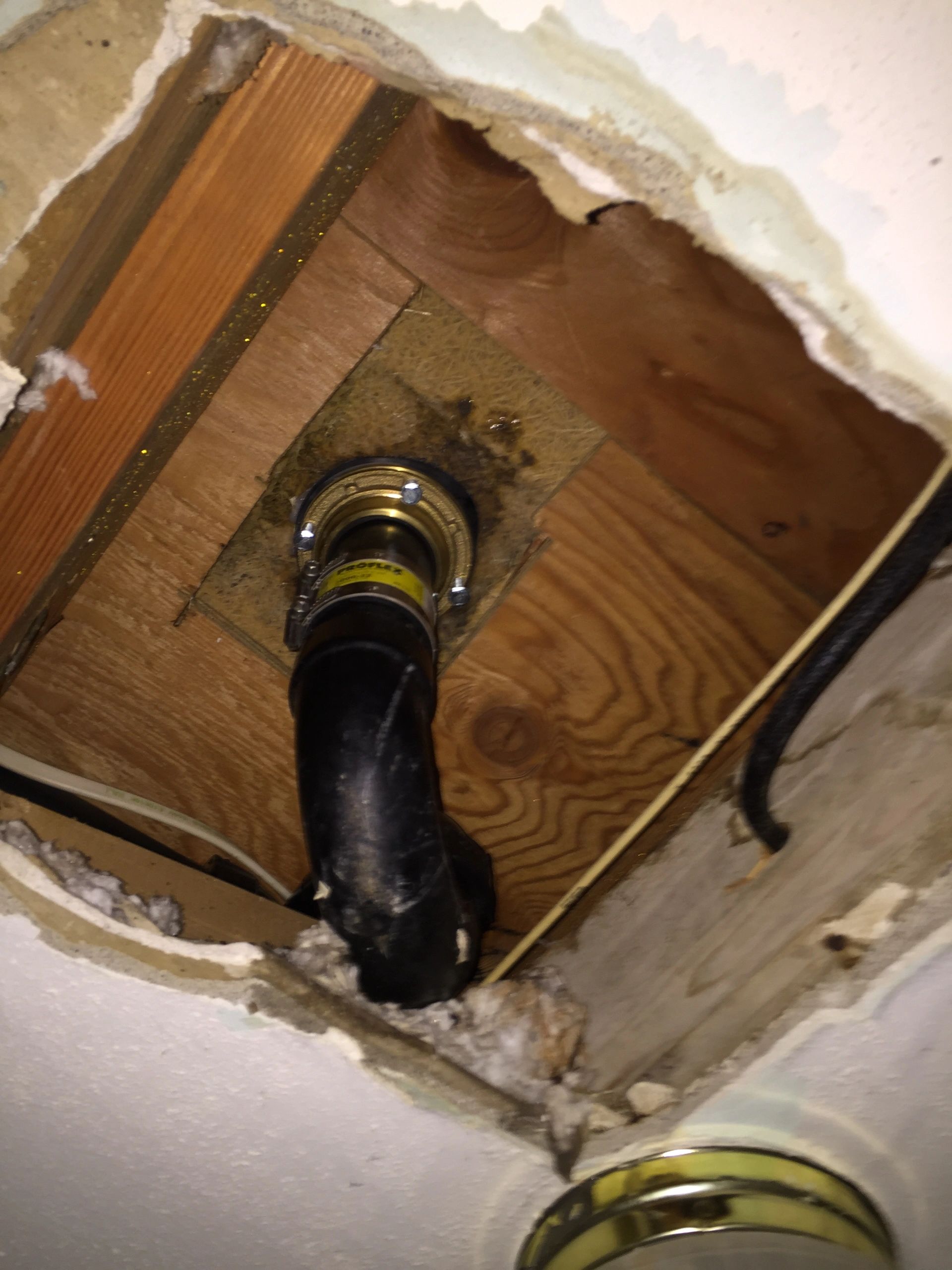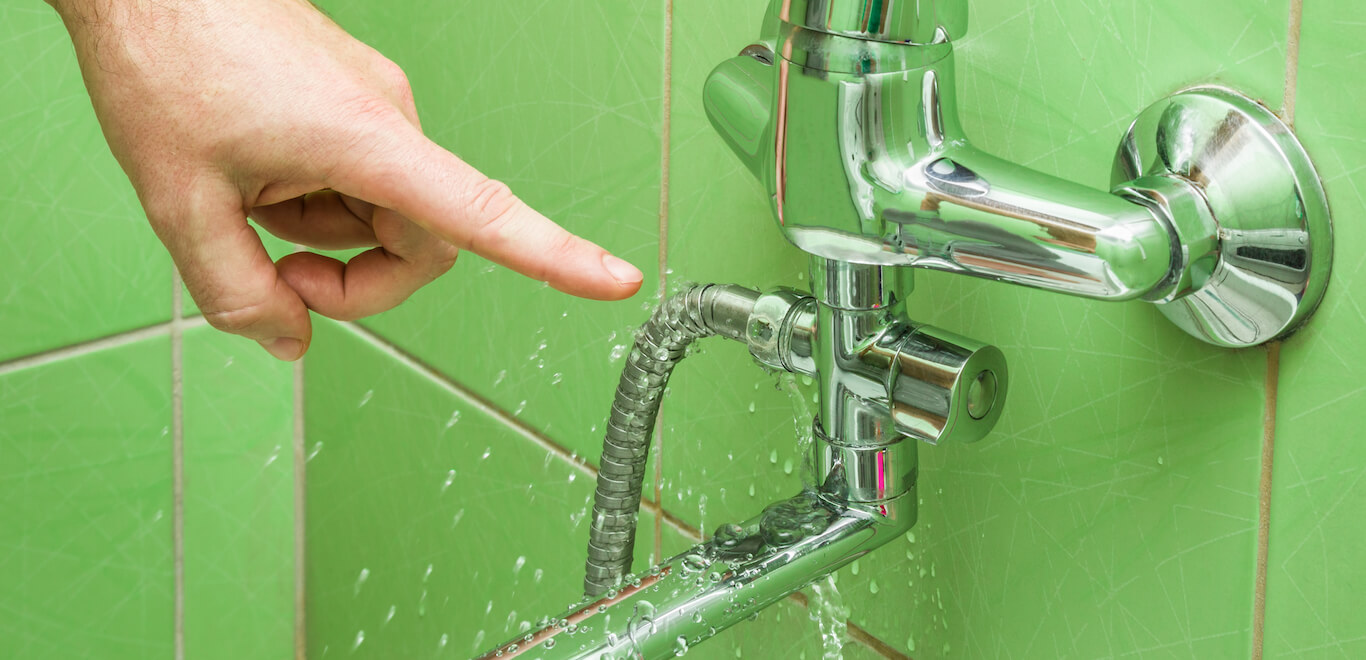Guidelines for Managing Plumbing Issues in Rental Homes
Guidelines for Managing Plumbing Issues in Rental Homes
Blog Article
In this article further down you might get some superb information and facts around Who is responsible for plumbing maintenance.

Taking care of plumbing concerns in rental residential or commercial properties efficiently is crucial for maintaining tenant complete satisfaction and protecting the home's value. Whether you're a property manager or a residential property supervisor, recognizing just how to address these common issues can conserve you time and money while making sure compliance with legal obligations. Right here's a step-by-step guide on how to deal with pipes problems in rental properties.
Record Everything
Maintain thorough documents of all reported pipes concerns and the activities required to resolve them. Documentation ought to consist of dates, descriptions of the issue, interaction with lessees, and invoices from specialists or plumbing professionals. This information can be essential for insurance coverage claims, tax obligation deductions, and legal protection.
Use Qualified Professionals
Always use certified and insured specialists for substantial pipes fixings and installations. This guarantees that the job depends on code and can help avoid liability problems in case of crashes or further damage. It likewise assures renters that repair work are being taken care of properly.
Develop Clear Communication
Motivate lessees to report any plumbing concerns as soon as they take place. Give numerous communication channels such as phone, email, or a tenant portal to make it simple for them to reach out. Prompt actions to these reports can avoid minor issues from rising right into significant troubles.
Enlighten Lessees
Inform your renters about what comprises a plumbing emergency and what does not. Give standards on how to handle small problems themselves, such as using a bettor to unblock a toilet. Additionally, notify them regarding what they should stay clear of putting down drains to stop obstructions, such as grease, coffee grounds, and non-biodegradable things.
Normal Maintenance
Implement a regular maintenance schedule for all pipes systems in your leasing homes. Regular checks can aid determine and deal with concerns like leaks, slow drains pipes, or corroded pipelines before they become significant. Consider employing a professional plumbing technician to inspect the buildings yearly or semi-annually.
Quick Feedback to Emergencies
Have a strategy in place for reacting to pipes emergencies. This must consist of having the contact information of reputable plumbing services that provide 24/7 emergency fixings. Quick activity is vital to decrease damage in scenarios like ruptured pipes or serious leakages.
Preventive Upgrades
Consider upgrading older plumbing systems and components to more modern, effective versions. This can reduce the frequency and intensity of pipes concerns and lower long-lasting upkeep costs. It's also a selling factor for possible tenants who value upgrades and contemporary attributes.
Lessee Move-Out Inspections
Conduct comprehensive plumbing checks throughout move-out assessments to make certain that any issues are determined and attended to prior to a brand-new tenant moves in. This prevents disputes with brand-new lessees over pre-existing problems and makes certain the home is in top condition.
Understand Lawful Duties
Be aware of your legal responsibilities regarding plumbing and general property maintenance. Most jurisdictions call for landlords to ensure their residential or commercial properties are habitable and that all plumbing systems are in good working order. Failure to attend to major concerns quickly can lead to legal actions from tenants.
Occupant Reimbursements
If a pipes issue needs immediate focus and the occupant fixes the problem on their own, have a clear plan in position for repaying costs. Make certain occupants recognize they must acquire prior authorization for higher-cost repair services unless it's an absolute emergency.
Verdict
Handling pipes problems in rental residential or commercial properties requires an aggressive technique and good interaction with lessees. By remaining on top of upkeep, responding quickly to emergencies, and making use of certified experts, property managers can keep their properties in superb condition and keep great relationships with lessees.
How to Handle Water Damage in a Rental Property
What is Water Damage?
Water damage is harm or destruction caused by water entering areas where it is not supposed to be. It can be caused by a variety of sources and can manifest in different ways. The most common examples of water damage include:
Leaking roof Plumbing leaks Appliance malfunctions Poor drainage Flooding Sewage backup Condensation Tenant negligence HVAC system issues Frozen pipes Is water damage dangerous?
Water damage itself is not inherently dangerous, but it can lead to various hazards and health risks if not promptly and properly addressed. The severity of these risks depends on the extent of the water damage, the source of the water, and how quickly it is mitigated.
Some potential dangers associated with water damage include structural damage, mold and bacterial growth, electrical hazards, water contamination, and pest infestations. In situations where mold and mildew have gone unaddressed, mold can start to develop within 24-48 hours of water exposure, and this can impose a serious health risk to tenants. In particular, mold spores and damp conditions can lead to respiratory issues and even make existing health problems worse, such as allergies, asthma, or immune disorders.
Water Damage in an Apartment - Who is Responsible?
If the water damage is caused by the tenant’s negligence, the tenant is responsible for the cost of repairs. If the water damage is caused by a defect in the property, the landlord is responsible for the cost of repairs. If the water damage is a result of natural causes, such as excessive rain, then the landlord is responsible, since the water intrusion likely occurred due to a defect in the property. Landlord Responsibility water damage in rental property
Since maintaining habitability is the landlord’s legal responsibility, landlords are responsible for any resulting structural damage caused by water damage. These structural damages may include damage to walls, roofs, ceilings, and flooring. If water damage has affected the rental property’s original structure, the landlord is responsible for repairing or replacing those materials. Therefore, landlords should have property insurance that covers the structural components of their rental property so that they can receive help with the costs of covered events.
Preventative measures can also help landlords avoid massive renovations. Preventative maintenance may include conducting regular inspections to identify and address potential water damage before it becomes a major and urgent problem.
If a landlord fails to meet their responsibilities regarding water damage, it can lead to legal disputes and potential liability. Tenants who believe their landlord is not addressing water damage issues in accordance with California law can seek legal advice or contact local housing authorities for assistance.
https://www.goodlifemgmt.com/blog/water-damage-in-a-rental-property/

As an avid reader on 10 Common Rental Property Repairs, I imagined sharing that article was important. Are you aware of someone else who is sincerely interested in ? Why not promote it. We love your readership.
Report this page